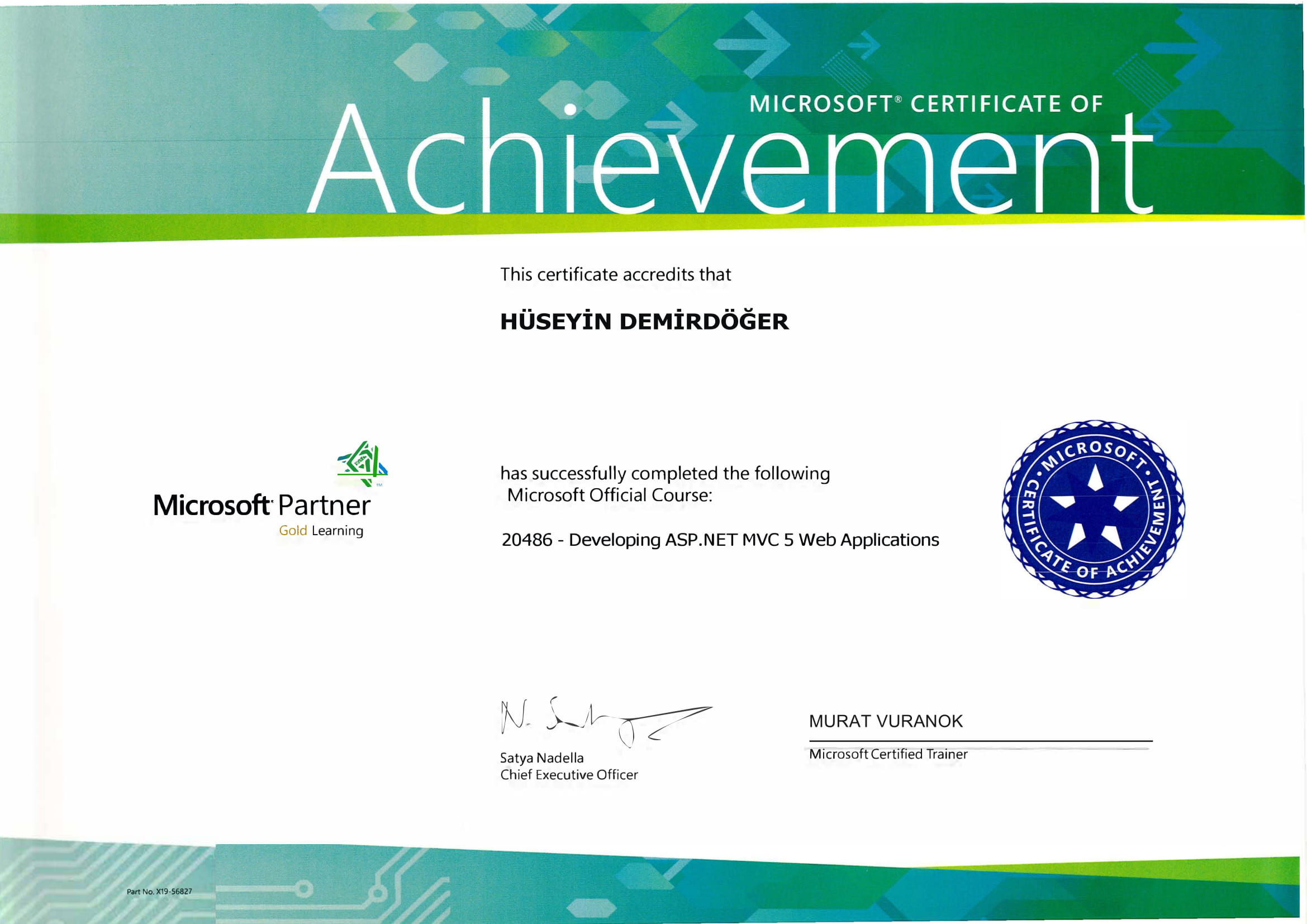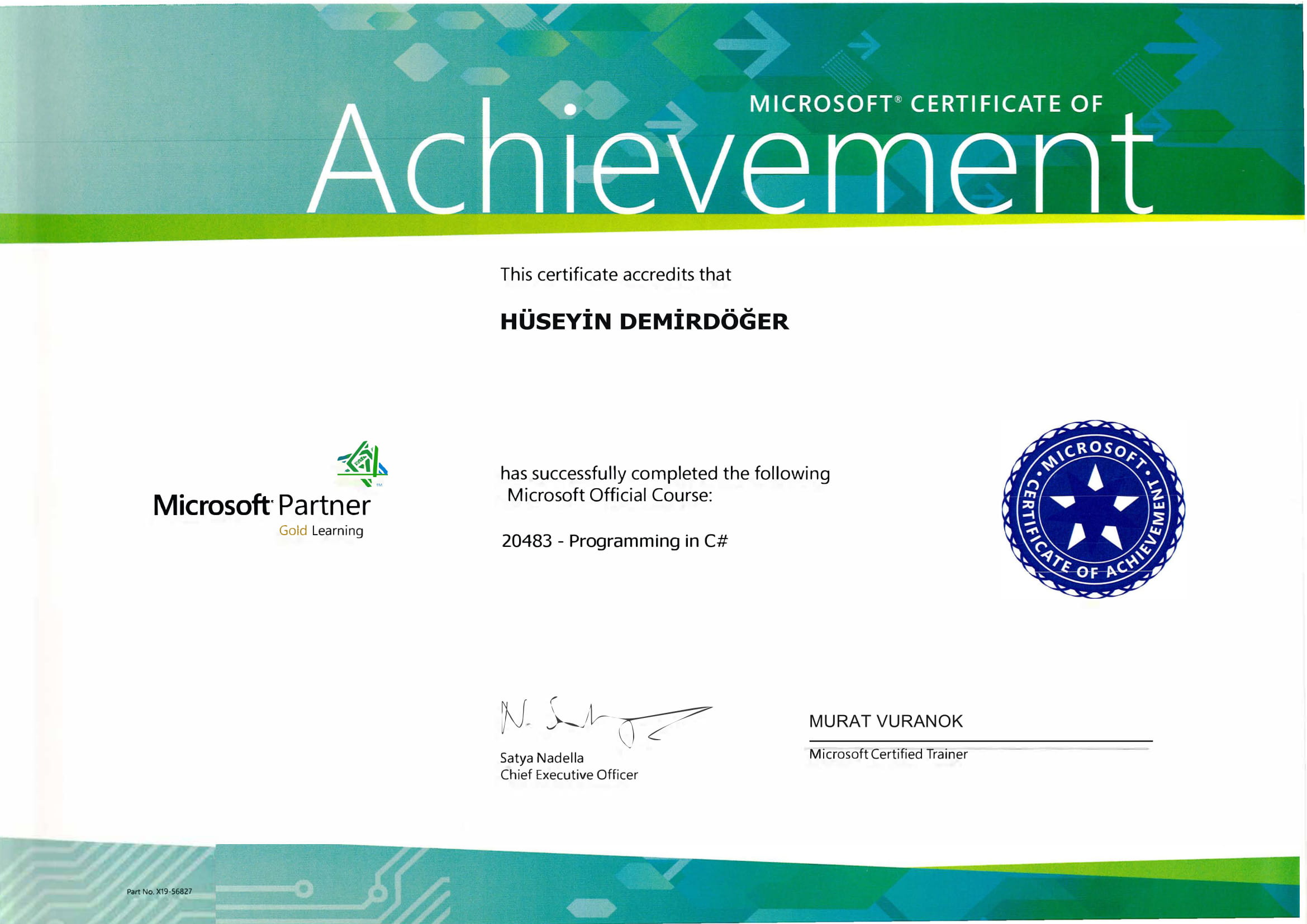Have you ever been in the middle of a crucial update or installation on your Windows system, only to be halted by the pesky error code 0x80070005? You're certainly not alone. This generic error often pops up as "Access Denied," and it can be frustrating when all you want is a smooth operational experience on your computer. Let's unravel this conundrum step-by-step. We'll dive into its causes and present effective solutions, much like how you would untangle a set of earphones—except this time, digital.
Understanding Error Code 0x80070005
This error code typically emerges when Windows lacks proper permissions to install updates or launch applications. It's prevalent during Windows updates, particularly when critical security patches fail to download. Interestingly, a similar issue affects launching applications, showing how deeply integrated these permissions are in your operating system.
Common Causes
- Permission Issues: Incorrect permissions on files or directories.
- Malware Presence: Certain malware can restrict access to update services.
- Corrupt User Profiles: Damage or corruption can lead to access issues.
- Third-Party Antivirus Software: Overzealous software might block necessary Windows processes.
- Incorrect settings: Sometimes, even a simple misconfiguration can cause this.
Step-by-Step Solutions
1. Adjust File and Folder Permissions
Sometimes, the system lacks the necessary permissions to access a specific file or folder, causing the error.
- Right-click on the file or folder.
- Choose "Properties" and navigate to the "Security" tab.
- Click "Edit" to change permissions and ensure your user has full control.
2. Windows Update Troubleshooter
Windows’ built-in troubleshooting tool can automatically detect issues with updates and provide solutions.
- Go to Settings > Update & Security > Troubleshoot.
- Select Windows Update and run the troubleshooter.
While these steps might sound straightforward, similar errors such as 0xc000007b showcase that sometimes, troubleshooting involves several rounds of trial and error.
3. Temporarily Disable Antivirus
Your antivirus might cause interruptions by mistakenly blocking certain processes.
- Disable your antivirus temporarily and rerun the update.
- If successful, add Windows components to your antivirus exclusions.
This is a delicate balance, as seen in solutions involving system startup issues.
Why These Solutions Work
When you adjust permissions, you’re essentially telling Windows it’s okay to handle files that were previously locked away. Troubleshooters work by identifying known issues and applying standardized fixes, saving you the headache of manual tweaks. Meanwhile, disabling antivirus is like asking a watchdog to take a break, ensuring it’s not barking up the wrong tree.
4. Check for Malware
Malware often manipulates system settings to block updates.
- Run a full scan using a reputable anti-malware tool.
- Remove any threats and try updating again.
Additional Resources
You might occasionally encounter other persistent Windows errors. For example, if you ever run into application crashes due to access violation errors, similar debugging techniques may apply.
Conclusion
Dealing with error code 0x80070005 can initially feel like trying to chase the wind. However, with these systematic solutions, you are well-equipped to resolve access denied issues and continue your updates or installations with ease. It's all about patience and using the right approach. Have you tried any of these techniques, or faced other errors? Let us know your thoughts or head over to some expert forums like Microsoft Community for more insights.


















